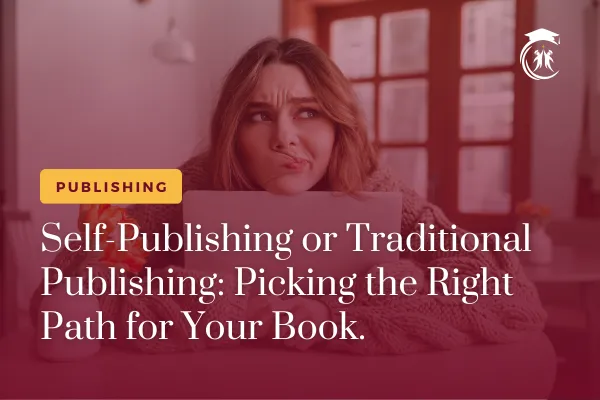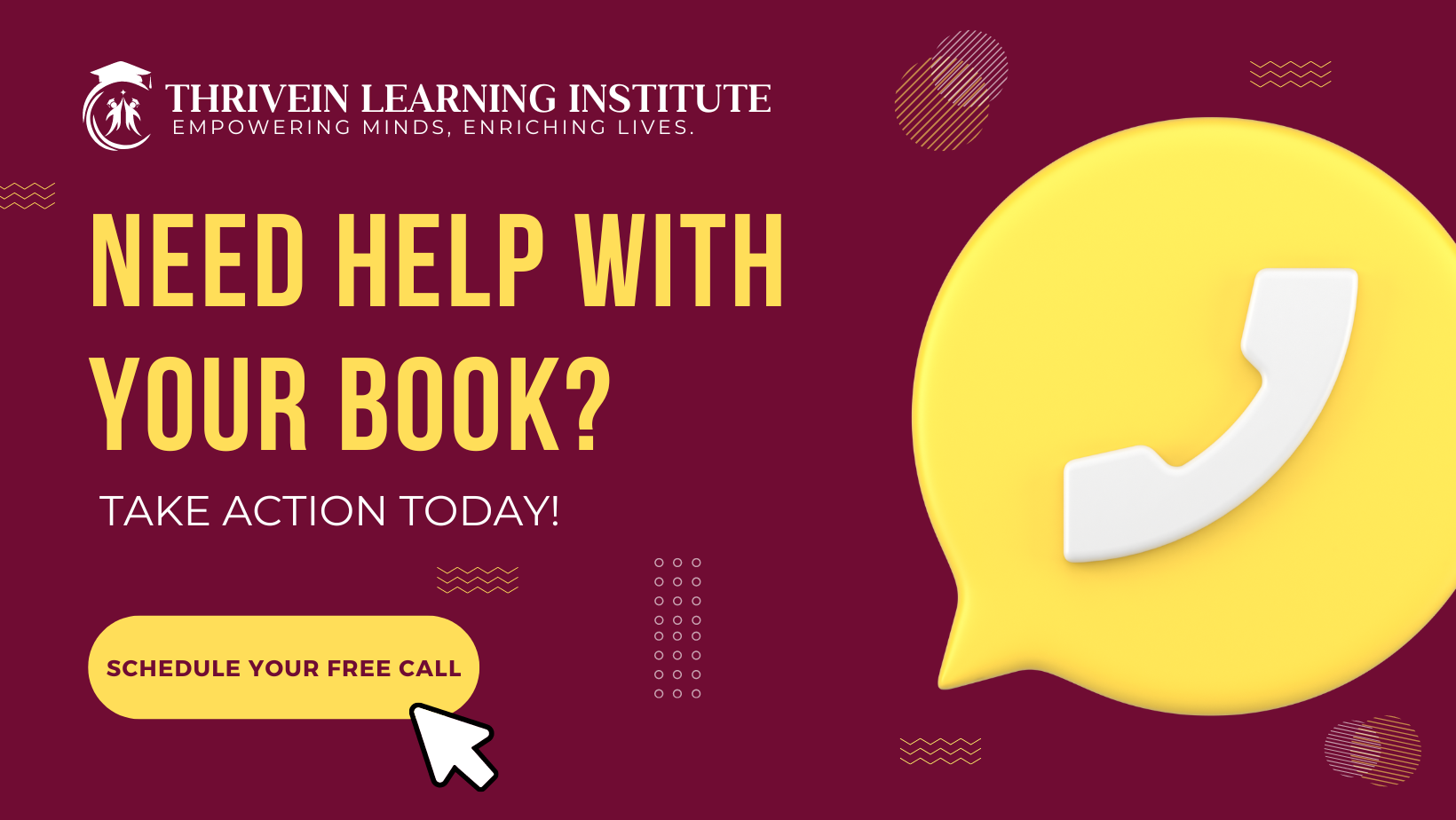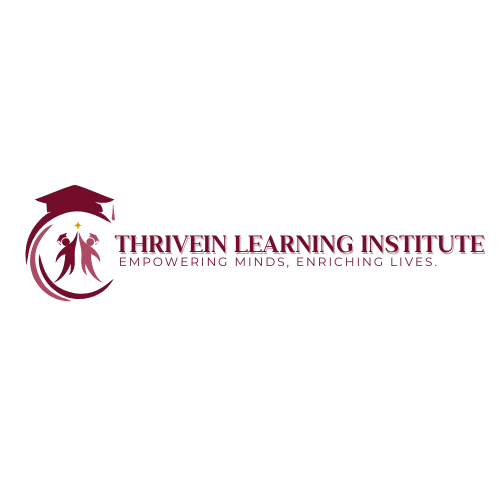The #1 Resource for Aspiring, Newly Published and Seasoned Authors to Thrive!
These blog posts serve as your personal roadmap to mastering the complexities of writing, marketing, and publishing. Immerse yourself in this wealth of information and equip yourself with the skills needed to navigate the dynamic landscape of the publishing industry.

Self-Publishing or Traditional Publishing: Picking the Right Path for Your Book.
Navigating the Publishing Pathways: Self-Publish or Traditional?
One of the most heated debates in the literary world revolves around the choice between self-publishing and traditional publishing. Self-published authors champion the benefits of creative freedom and increased earnings, while traditionally published authors extol the virtues of mainstream success and industry recognition.
Each approach has its own set of advantages and pitfalls, and the decision rests on the shoulders of the author. Both self-publishing and traditional publishing involve multiple stages, from editing and design to marketing and distribution.
The Self-Publishing Journey
In the realm of self-publishing, you, as the author, are responsible for every aspect of publication. This includes tasks like editing, design, and marketing, all of which can be managed according to your preferences. The beauty of self-publishing lies in the total ownership and control it provides over your work.

The Traditional Publishing Route
Conversely, traditional publishing involves entrusting a publishing house with the various stages of publication. They handle editing, design, marketing, and distribution, offering you a small royalty fee in return. While this route relieves you from the operational hassles, it also means giving up solo ownership of your work.
Weighing Your Options: Self-Publishing vs Traditional Publishing
Let's take a closer look at some key factors to consider when choosing between self-publishing and traditional publishing.
1. Cost Considerations
Self-publishing often requires a significant upfront investment. You bear the costs for services like editing, design, and marketing, which can collectively add up to around $3,000 (or more for children's books due to illustrations).
However, the higher royalty rates of 50%-70% in self-publishing can lead to faster returns on investment, especially with effective marketing strategies.
On the other hand, traditional publishing may seem less costly initially, as the publisher takes care of all expenses. However, the lower royalty rates mean you might need to sell a much larger number of copies to earn similar revenue. Also, publishers typically stop promoting books 45-90 days after launch.

2. Control and Creative Freedom Over Publication
The level of control you have varies greatly between self-publishing and traditional publishing.Self-publishing gives authors complete control over the entire publishing process, including editing, cover design, formatting, and pricing. You have the final say on every aspect of your book, which can be both empowering and overwhelming. This approach gives you the opportunity to steer your work exactly how you envision it. However, it also means that the responsibility for success falls solely on your shoulders, which can be both empowering and overwhelming.
This also means that you have the freedom to experiment with different ideas and take risks with your writing without worrying about meeting certain market expectations set by a traditional publisher. On the flip side, this also means that all the responsibility falls on you to ensure that your book is of high quality and meets industry standards.
In traditional publishing, the publisher has the final say in all aspects of publication. This means they have control over things like cover design, release dates, and even editing decisions. While this may seem restrictive, it can also be reassuring to have a team of professionals guiding your work towards success.
3. Publication Time Line
Self-publishing can typically be done much quicker than traditional publishing. With self-publishing, you have complete control over the timeline and can choose to publish as soon as your book is ready. This allows you to get your work out into the market faster and start earning revenue sooner.
Traditional publishing, on the other hand, often involves a longer process with several steps before publication. This can include finding an agent, securing a publishing deal, and going through the editing and production process. This whole process can take anywhere from 1-3 years before your book is finally released.
4. Exposure and Reach

One of the biggest challenges for self-published authors is marketing their book. As a self-published author, you are responsible for promoting and advertising your book to get it in front of potential readers. This can be time-consuming and expensive if you don't have a strong marketing strategy in place.
Traditional publishers usually have well-established distribution channels, which facilitate reaching a wider audience. They might provide resources like book tours or promotional campaigns to enhance sales. Remember, even with a traditional publisher, authors still need to actively promote their books.
5. Royalties
One of the major benefits of self-publishing is higher royalty rates compared to traditional publishing. Traditional publishers usually take a percentage of the book's sales as their share, leaving authors with a smaller percentage. However, self-published authors retain a higher percentage of their earnings, which can be very lucrative in the long run.
Wrapping Things Up: The Self-Publishing Advantage
The surge in popularity of self-publishing is attributed to its numerous compelling advantages. It's no secret that self-publishing has become a hot topic in the writing world. The main draw? You're in the driver's seat. You have the power to choose everything, from your cover design to where your book is sold. This level of control allows you to inject your personal touch into every aspect, often resulting in a superior final product.
What's more, with self-publishing, you keep a larger portion of your book sales profits than with traditional publishing routes. As there's no middleman involved, you stand to earn more from your hard work. Plus, thanks to the rise of e-books and print-on-demand services, the upfront costs associated with self-publishing have significantly reduced, making it a viable option for many writers.

Self-Publishing With ThriveIn Learning Institute
As we wrap up this discussion on publishing options, we at Thrive in Learning want to emphasize our commitment to supporting authors on their self-publishing journey. We're passionate about helping you navigate the exciting, yet challenging path of self-publishing while ensuring the quality typically associated with traditional publishing.
Here at Thrive in Learning, we offer a wealth of resources and support to authors. We're with you every step of the way, from refining your writing skills to understanding the finer details of cover design, formatting, distribution channels, and effective marketing strategies.
Moreover, we provide insights on how to sell your books in bulk effectively - a crucial point often missed in discussions about self-publishing. Bulk sales can greatly boost an author's earnings and widen their reader base, significantly contributing to their success.
In essence, with Thrive in Learning on your side, you're empowered to harness the benefits of self-publishing without compromising on quality. You'll also gain valuable knowledge on maximizing your earnings through strategies like bulk selling, effectively bridging the gap between self-publishing and traditional publishing.
So why wait? Take the first step towards your dream and join us today. Let's thrive together in this exciting journey of authorship.


NAVIGATE
RESOURCES
Pathways to Publishing Handbook
SHOP
Apparel
Books
Mugs

